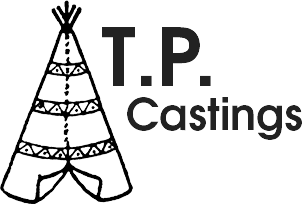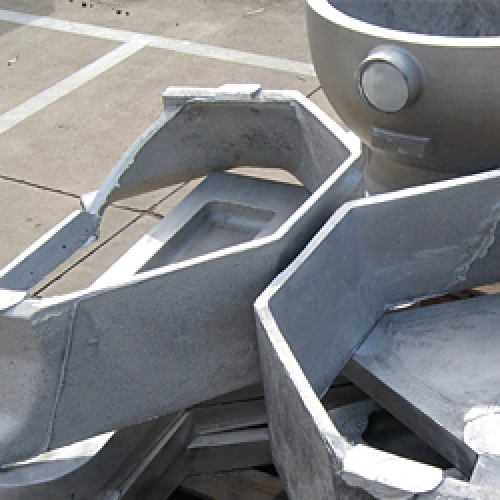In our initial article we touched upon a few of the base elements and alloys that occupy the non-ferrous casting family. Free of any iron content whatsoever, this exclusive clan includes aluminium, obviously, but a number of other metallic materials occupy this non-ferrous lineage, materials with the pedigree to perform according to their own gifts and chemically inlaid aptitudes. Copper and bronze are two of the next members of the iron-less fellowship to come to mind, but there’s also zinc and magnesium and a combination of these elemental forms, molecular structures that blend into new and useful mediums through the judicial application of specialized finishing techniques.
Lightweight Aluminium
It’s fitting that we begin with aluminium. The metal is an element, but it’s usually processed and formed as an alloy, a form that accounts for the weak points associated with this popular metal. Higher grades of aluminium are particularly suited for non-ferrous casting due to engineered metallurgical attributes, a branch of technology that gifts the lightweight metal with added structural strength. These grades make for stronger automotive and aerospace castings, such as aircraft structural components and car wheels.
Copper Malleability
Electrical conductivity is a primary characteristic of a reddish-brown copper part. The metal is used in its pure form when employed in the electrical distribution sector, but it has a natural affinity for other alloying agents, additives that reinforce the tensile strength and workability of its malleable form. Of course, the talents of copper in a casting environment are multiplied when zinc and tin are injected into the process. These added elements create brass and zinc, in that order, thus transforming the casting and machining properties of a copper-based metal alloy. For example, bronze fittings are traditionally used in the marine sector due to the metal’s natural resistance to corrosion, especially when that corrosive influence is salty water or briny air.
Outlining the Rest of the Non-Ferrous Family
Non-ferrous casting highlights the advantages of aluminium and copper, but this pairing and its subset of alloyed forms only represent a sliver of the group of iron free metal in the casting industry. Lead cast components come to the fore as battery terminals and building materials. Bullets, of course, are cast from lead, as are special lead weights and sheet lead products for lining nuclear reactors. Finally, and this metal has much in common with carbon-reinforced iron, comes titanium, a metal that’s so intrinsically tough that it’s renowned as a structural component in bank safes and military-grade armouring.
Robust titanium or soft brass, both of these non-ferrous metals draw on elemental and alloyed characteristics to form powerful casting options that excel far beyond traditional solutions.

